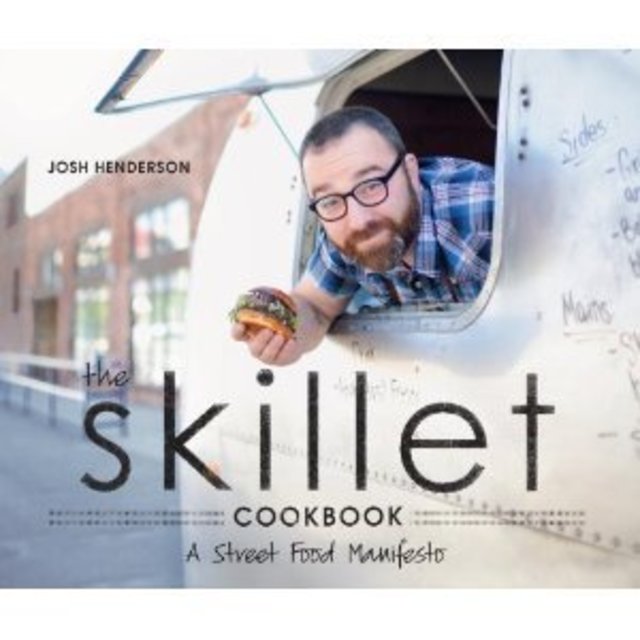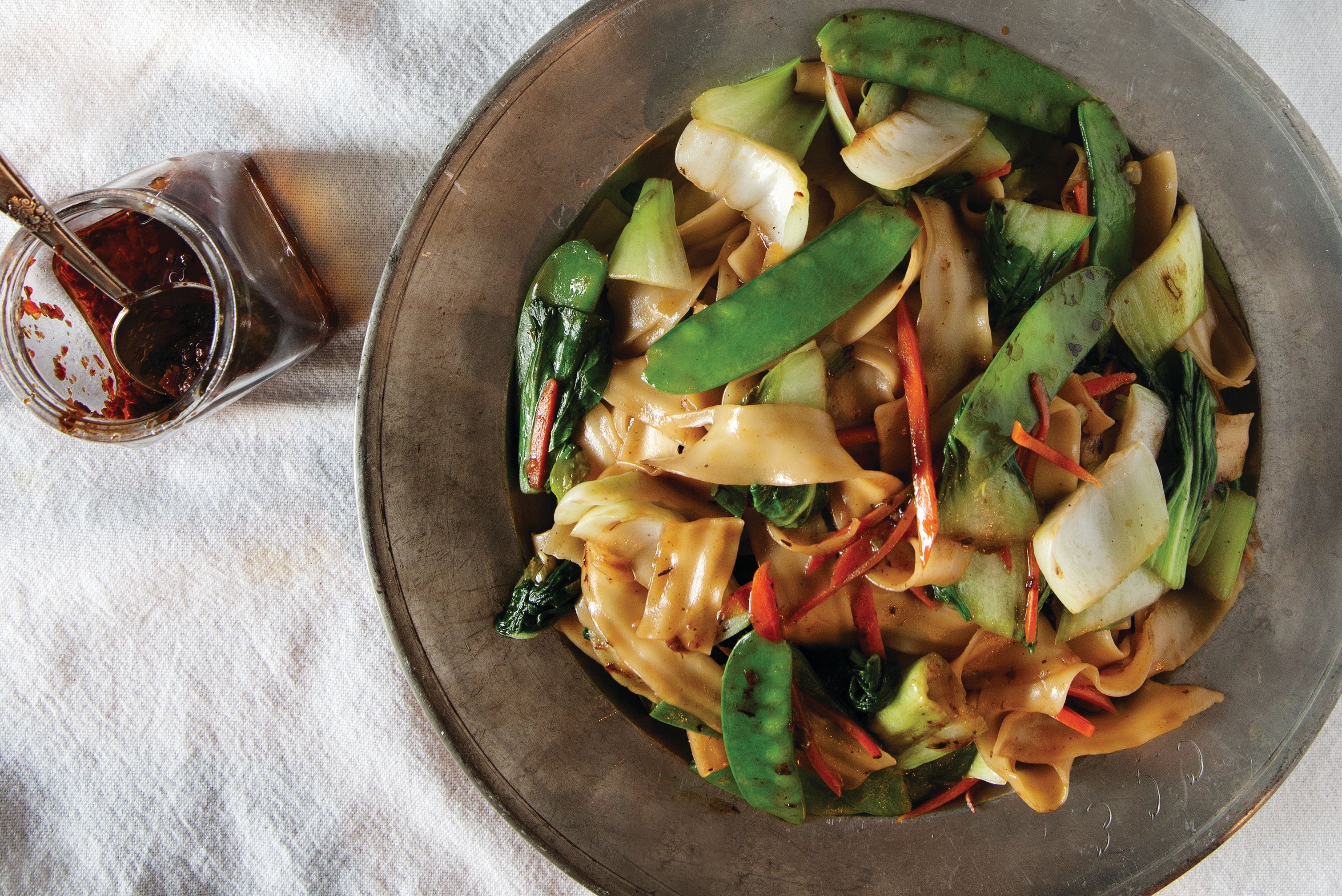10 Fun Facts About Skillet

Joshua Henderson’s collection of recipes from his truck and diner goes on sale in July.
When he’s not tending to his two food trucks, planning a new outpost at Seattle Center, running a wildly popular diner, or preparing to host a new radio show, Skillet’s Joshua Henderson has been writing a cookbook. The Skillet Cookbook: A Street Food Manifesto comes out this summer, but local publisher Sasquatch sent over a preliminary copy, filled with favorite recipes from both truck and diner, and beautiful photos by Sarah Jurado. Henderson also weaves in his take on food safety laws, food quality in general, and the story of launching his high-end food truck in the days before everyone was obsessed with high-end food trucks.
My biggest surprise as I flipped through the pages was how much thought and preparation go into these recipes, since the end result never feels overly complicated. But there were a few other surprises too; here, a few facts gleaned from the book’s pages:
1. The original name Henderson envisioned for his truck was Le Pigeon, until a certain chef down in Portland opened a restaurant by the same name. Incidentally Skillet’s signature pork belly and waffle (currently looking awesome on the cover of our breakfast issue) was inspired by a brunch dish Henderson had at that same restaurant.
2. The inspiration for Skillet Diner’s kale caesar, a surprise hit on a menu full of less-leafy temptations, was none other than Cormac Mahoney of Madison Park Conservatory.
3. Henderson bought his signature 1962 Airstream trailer in 2007 for $5,000, after spending six months talking the owner down from his original $10,000 asking price.
4. Early ideas for Henderson’s street food venture included a grill cart and a scheme to operate Skillet as a private club, selling $1 lifetime memberships so people could buy the food. The city nixed both of those plans.
5. The now-signature burger made its debut (along with Skillet’s milkshakes and fries) at Henderson’s wedding.
6. Another signature item, the poutine, was originally made with cheese curds, “but they have more squeak than flavor, kind of like the Canadians when they bitch about our poutine.”
7. Running a restaurant, says Henderson, is easier than running a trailer. He likens mobile operations to legalized gambling, guessing each day on the right amount of food and staff. On a truck, “you can’t cut someone midshift and tell them to take the bus home.”
8. The book’s lunch recipe section closes with a mention that Henderson is considering what other bricks-and-mortar projects would best reflect Skillet’s spirit. The idea he throws out there—a beer hall. Yes, please.
9. Henderson’s biggest regret was keeping his prices so low in Skillet’s early days. Concerned that people would balk at street food with restaurant prices, he planned to gain a following, then raise prices to the level necessary to sustain the business. This tactic put Skillet “in a hole from day one,” he writes, despite the long lines of customers.
10. In late 2008, Skillet came very close to folding. Henderson writes that he and his wife Kelli had discussions about how to best shut down the operation. Enter the 2008 holiday season, and Martha Stewart and Real Simple magazine raving about Skillet’s bacon jam. A flood of orders ensued, which helped keep the business afloat. It’s only a matter of time before someone buys the rights to this story to make a feel-good holiday movie.




